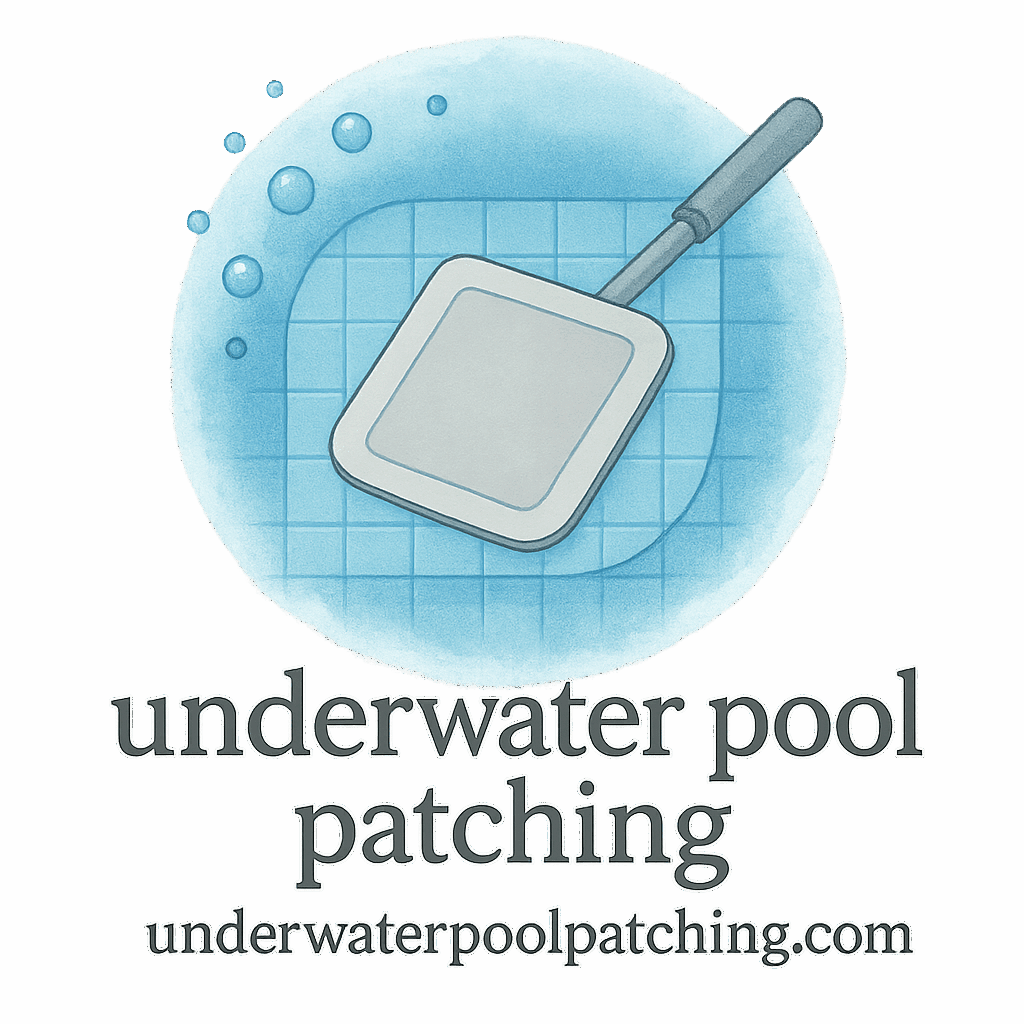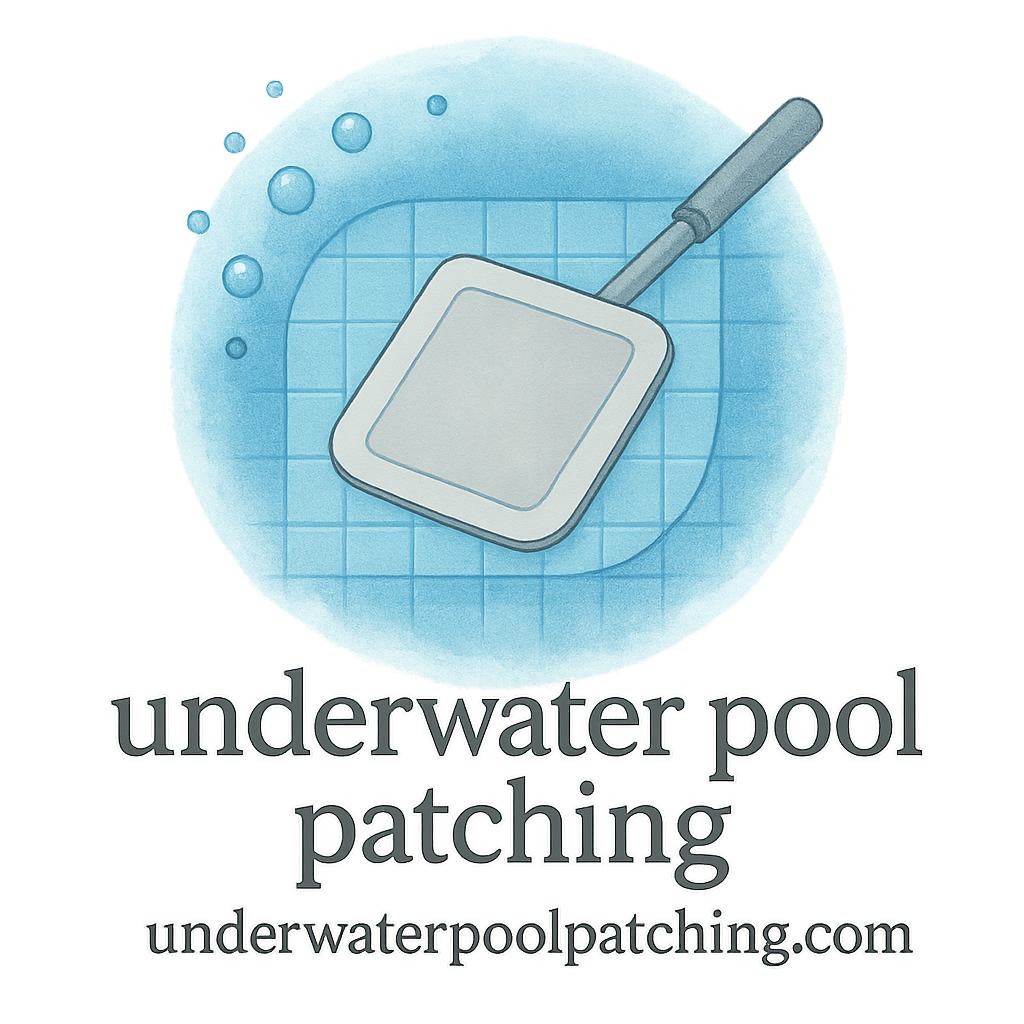Introduction
Ever tried patching a leak in your pool only to see it peel away days later? If you’ve been there, you’re not alone. One of the biggest culprits for patch failure is poor adhesion—especially in underwater repairs. But here’s the good news: with the right heating techniques, you can seriously boost the bonding power of your patches. Let’s dive into 6 heating tips to enhance underwater pool patch adhesion and keep your pool leak-free for longer.
Why Proper Adhesion Matters in Underwater Pool Patching
Common Issues with Poor Adhesion
Patching underwater isn’t just about slapping on some glue and hoping for the best. If the patch doesn’t stick properly, you’ll likely end up with:
- Recurring leaks
- Wasted repair materials
- Water loss (and a higher bill!)
- Frustrating do-overs
Long-Term Consequences of Improper Bonding
Ignoring poor adhesion can lead to more serious problems over time—like damage to the pool’s structural integrity or even a complete resurfacing job. That’s why good adhesion is essential, and heat plays a big role.
The Role of Heat in Underwater Pool Patch Adhesion
How Heat Affects Patch Materials
Heat helps materials become more flexible and receptive to bonding. It reduces viscosity in adhesives, allowing them to spread more evenly and bond tighter. This is especially useful when applying patches underwater where cold water can stiffen the material.
Temperature’s Impact on Epoxy and Adhesives
Epoxies, in particular, cure faster and stronger when the temperature is ideal. But underwater, temperatures can fluctuate wildly—so we need strategies to manage that heat.
Tip 1: Pre-Warm the Patch Material
Best Practices for Warming Patch Materials
Before taking the patch underwater, warm it up above water first. Let it sit in the sun or use a hairdryer (on low) to gently heat the material.
Tools to Use
- Hairdryer or heat gun (on low setting)
- Warm water bath (not boiling!)
- Insulated storage box with heating pad
Safety Precautions
Never overheat the patch. You’re not cooking it—just warming it up enough to make it pliable and ready to bond.
Tip 2: Heat the Pool Area Around the Leak
Safe Methods for Controlled Heating
You can gently warm the water around the repair zone using safe, low-energy heating methods.
Solar Heating Blankets
Place a solar blanket over the pool surface a day before your patch job. It naturally traps heat and warms the water underneath.
Portable Water Heaters
Small, submersible water heaters can increase local water temperature near the repair area. Always follow safety guidelines when using any electrical device around water.
Tip 3: Apply Heat During Curing Time
Why Temperature Consistency Matters
Adhesives often have a “sweet spot” for curing. If temps drop during curing, the patch may harden unevenly or not adhere completely. Try to maintain consistent heat with pool covers or a heated pool system.

Tip 4: Choose Heat-Responsive Materials
Epoxy and Thermoplastic Options
Look for underwater repair kits that include heat-reactive epoxies or thermoplastics. These materials bond better with the help of warmth and are engineered for stronger underwater adhesion.
Check out our detailed guide on Patch Types & Materials to find the right option for your situation.
Tip 5: Schedule Repairs for Warm Weather
Seasonal Considerations for Best Results
Summer or late spring are your best bets for successful patching. Warmer ambient temperatures mean warmer pool water, which equals better adhesion conditions for your patch.
For budget-conscious repairs, explore Cost Budgeting tips and tricks to make your fix affordable and effective.
Tip 6: Keep Patch Area Free from Cool Drafts
Preventing Heat Loss Underwater
Cold drafts, even underwater, can drop temps around the repair zone and mess with curing.
Pool Covers and Barriers
Using temporary barriers or pool covers around the work area helps retain heat and keeps things stable while your patch sets.
Bonus Tip: Consult a Professional
Inspection & Diagnosis Services
Sometimes, it’s best to call in the pros. Expert pool technicians can evaluate leaks and recommend the best repair materials based on water temperature, patch type, and location.
Want to avoid frequent repairs? Dive into Maintenance & Prevention plans that keep your pool in tip-top shape year-round.
Conclusion
Mastering heat management can mean the difference between a patch that peels and one that lasts. By following these 6 heating tips to enhance underwater pool patch adhesion, you’ll not only extend the life of your patch but also save yourself from repeat repairs and higher costs. Don’t forget to use the right materials, keep your patch area warm, and work in the right season. Happy patching!
FAQs
1. What is the best temperature for applying underwater patches?
Ideally, the water temperature should be between 75°F and 85°F for optimal adhesion. Warmer temps help adhesive materials bond better.
2. Can I use a regular hairdryer to warm the patch material?
Yes, just make sure it’s on a low setting and that you don’t overheat or melt the material.
3. Is epoxy better than vinyl patches for underwater repairs?
Epoxy generally offers stronger, longer-lasting adhesion—especially when paired with controlled heat.
4. How do I know if my patch didn’t adhere properly?
Look for bubbling, peeling, or leaking around the edges. If you notice any of these signs, it may need a redo.
5. Are there any budget-friendly heating tools I can use?
Yes! Solar blankets, heated pads, and even storing patches in warm water are all cost-effective options. For more tips, check out Budget ideas here.
6. Will patching during colder months affect adhesion?
Yes. Cold water can slow curing and prevent proper bonding. Aim for warm weather or heat the area locally when patching.
7. How can I make my patches last longer?
Use high-quality materials, follow all prep steps, apply controlled heat, and commit to regular Maintenance Plans.


